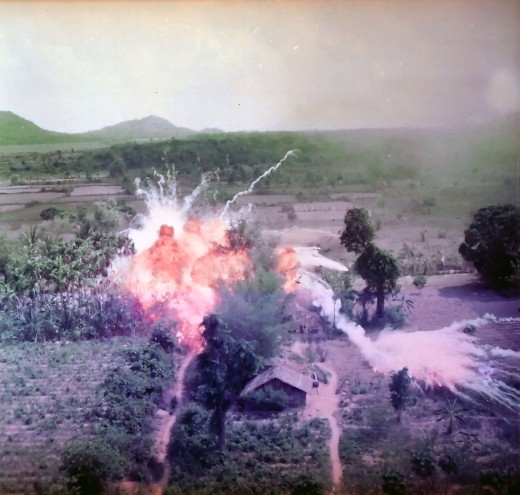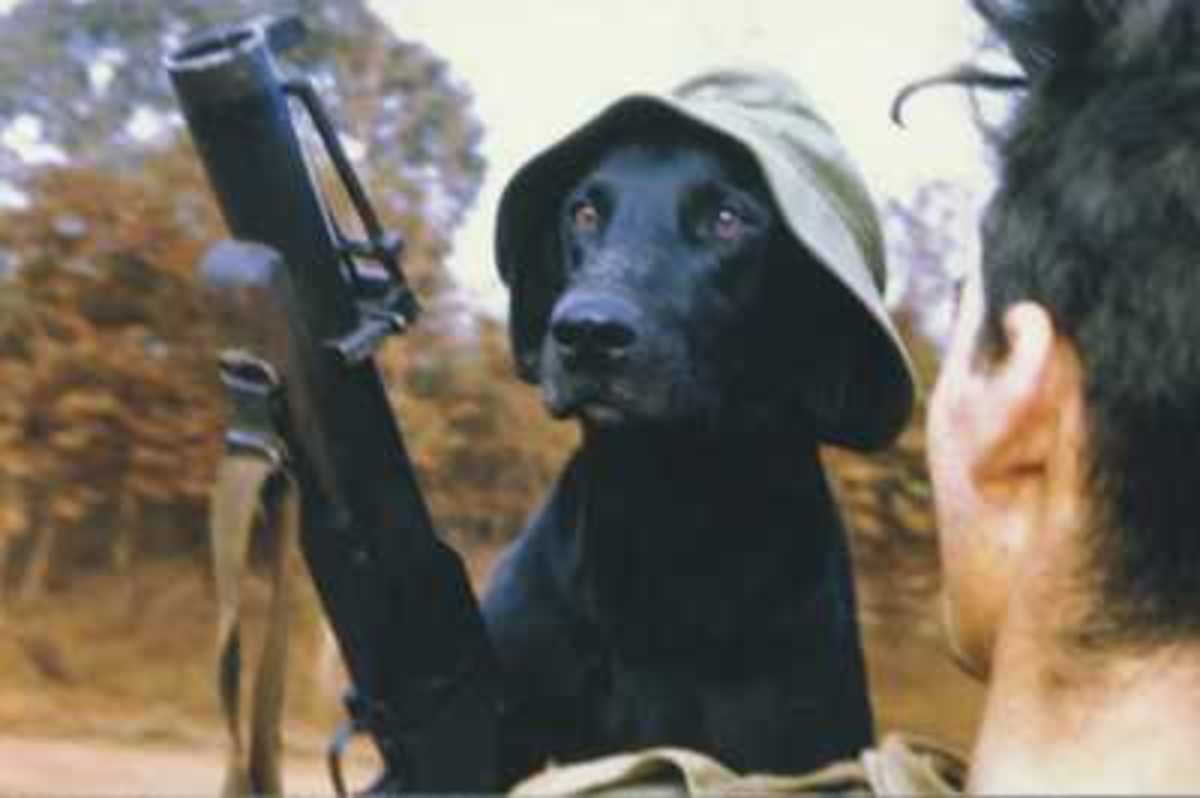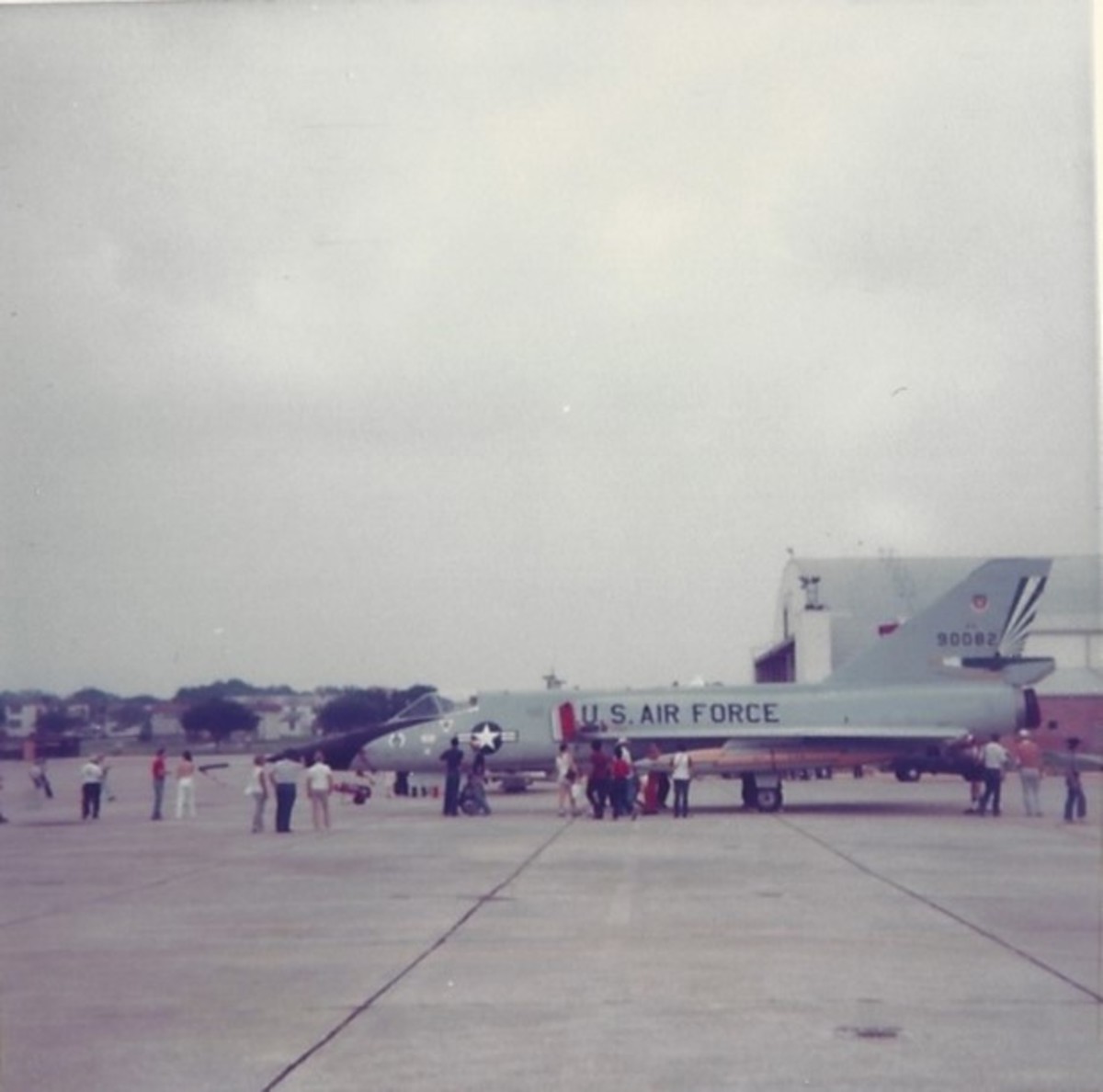- HubPages»
- Education and Science»
- History & Archaeology»
- Military History
Air Power Prior to 1964 During the Vietnam Conflict

When discussing the impact of the air war in the early stages of the Vietnam Conflict, that is, prior to 1964, one has to look at the framework that the conflict was based on and the tactical initiatives that the military leaders were employing. In the early stages of the war the involvement of the United States was more of a defensive nature – providing support to the advisors and Vietnamese forces while not maintaining an offensive position. However, according to Air Force General Thomas D. White, “our philosophy is based on the fact that offence is the best defense” the Air Force’s position was in conflict with the position of the defensive nature of the United States commanders in Vietnam. Given this scenario, the Air Force commanders had little to no involvement in the debate over strategy in Vietnam and therefor focused on the global situation, namely in Berlin and Cuba, leaving air strategy out of the equation in the early portion of the Vietnam Conflict. Another factor was the newness of the Air Force as an air power in competition with the Army Air Corp. The Director of Plans for the US Air Force observed that in 1962, the US Army had 199 aircraft in Vietnam while the Air Force had only 61. That is a significant difference and shows the mindset of the use of air power in what the commanders believed to be a limited war, which negated the real use of the Air Force, as opposed to a general war, which would in turn require the large scale integration of the Air Force with the other military branches. Another major factor was that early on, even with the urging of top Vietnamese leaders to proceed with vigorous attacks, Air Force pilots did not engage in this activity due to the possibility of harm to Vietnamese civilians.
One of the biggest successes early in the conflict was the use of flare-and-strike missions. The Viet Cong had a habit of becoming active after dark and the commanders in Vietnam began experimenting with aerial flares that would be dropped from an SC-47 and would light up the sky and force the Viet Cong to call off their attack as their cover of darkness was now compromised. The success of these missions led Secretary Robert McNamara to order that villages be equipped with radios to facilitate calls for air support. On 2 January 1963 the entire VNAF-USAF was committed to Operation Burning Arrow at Bien Hoa, an hour long air strike against pinpoint enemy targets in the Tay Ninh area. The enemy was surprised and initial attack was followed by air drops and helicopters deploying paratroopers and rangers who seized the objective and revealed that a number of NLF leaders had been killed or wounded. Unfortunately for every Operation Burning Arrow there would be failures such as the loss at Ap Bac just hours later. This would be the nature of air warfare throughout the entire Vietnam conflict.

When discussing armaments, napalm resides at the top of the discussion list. The use of napalm would prove to be not only effective in destroying the landscape, foliage and structures that would conceal the enemy, it would produce toxic carbon monoxide that would kill most anything in its path. According to Kim Phuc, a napalm bombing survivor, "Water boils at 100 degrees Celsius. Napalm generates temperatures of 800 to 1,200 degrees Celsius ." Philip Jones Griffiths, in his book “Vietnam, Inc.” explains the evolution of napalm:
We sure are pleased with those backroom boys at Dow. The original product wasn’t so hot – if the gooks were quick they could scrape it off. So the boys started adding polystyrene – now it sticks like s**t to a blanket. But if the gooks jumped under water it stopped burning, so they started adding Willie Peter (white phosphorus) so’s to make it burn better. And just one drop is enough, it’ll keep burning right down to the bone so they die anyway from phosphorus poisoning.
Needless to say the effectiveness of this weapon was instrumental the psychological experience of the Viet Cong and the civilian population that harbored them. Akin to William T. Sherman’s use of total war during the American Civil War, napalm was effective in changing a course of action in the enemy with minimal danger to the force employing it.
The air war in Vietnam prior to 1964 can be categorized as being hindered by political as well as inter-military conflicts and lack of direction and planning on the part of the command structure. And while there were many great and heroic victories and actions early on in the Vietnam War, there were an equal number of failures. The use of weapons like napalm would not only change the psyche of the enemy, but also would scar the memory of many young men who went off to fight a war unlike any they or their forefathers had ever encountered and would change the way America looks at its military involvement in the world.










